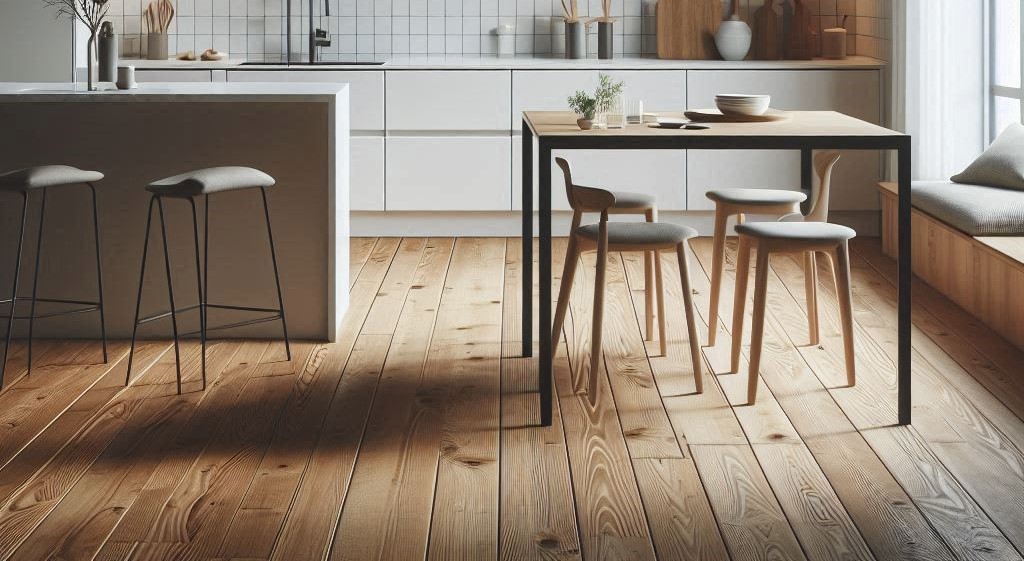When a floor squeak becomes bothersome or disruptive, it typically has to be fixed. Especially if it’s in a high-traffic location like a major corridor. Squeaks by themselves usually don’t harm the floor over time, although they can be very annoying.
Physical damage to the floor, changes in humidity, aging, shoddy installation, or underlying issues can all contribute to squeaky flooring. But don’t worry—squeaky flooring doesn’t usually mean there are serious problems underneath.
You must determine the cause of the issue, which can occasionally be a laborious process, in order to address it.

How To Fix Squeaky Floors
How you adapt to your home’s squeaky floors depends on how much you’ve got to the underside of the floors. In case your basement doesn’t have wrapped-up ceilings, you’ll be able to get to the subfloor of the highest level of your house from there.
One way to redress a squeak is to have a companion walk along the floor upstairs while you attempt to discover where the squeak is coming from within the storm cellar. In case there’s space between the subfloor and a joist, you’ll be able to attempt sliding a wooden shim into the space to silence the squeak.
You can also utilize brief screws to reattach the subfloor to the wooden floorboards. Fair, be exceptionally cautious if you are doing that, and do not utilize screws that are as long. An old screw can break through the wooden floor, making a perilous circumstance. On the off chance that your floors are carpeted or in case you can’t get to the underside, your best solution is to settle the squeak from over. There are uncommon screws accessible that let you bore through carpeted floors to settle squeaks without having to lift up the carpeting.
The floor also can be fixed from above. Obtain some flooring nails, or nails with rings that keep them from coming out. Place them in the seams directly between the components that are squeaking due to friction.
Use two of those nails and place them in the floor joist at a 45-degree angle. Face each other if subflooring is the cause of the issue. It will make the floor and subflooring tighter. Wood filler can be used inside the holes.

Reasons Your Floors Can Creak
In older homes, changes in humidity, such as dry winter air and humid summer air, can cause floorboards to shrink and expand.
These fluctuations can loosen the nails that hold the floorboards in place. So this can cause the creaking noises when you step on the floor.
Over time, gaps can also form between the subfloor and the floor joists.
In newer homes, noise on your floors could be due to poor construction.
Builders may use lower-quality materials. Such as particle board instead of plywood for subfloors, which will cause the floor to wear faster.
Using a nail gun to attach the subfloor to the joists can cause squeaks in new homes because the nails don’t fit as tightly as screws and will come loose after a while.
If the floor is poorly assembled, you may need to rip it out to fix the squeaks.


